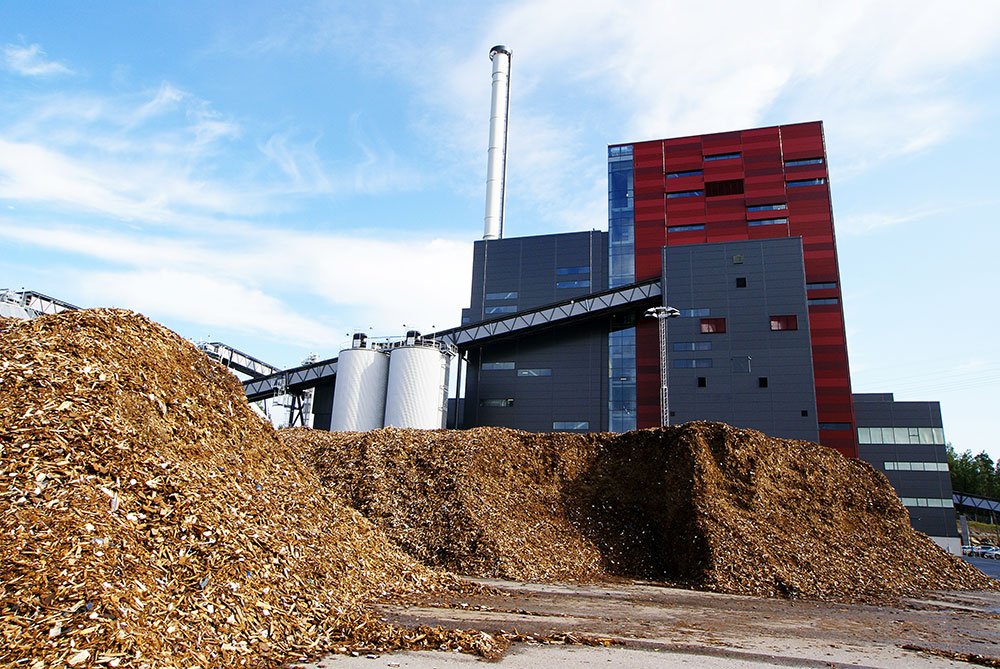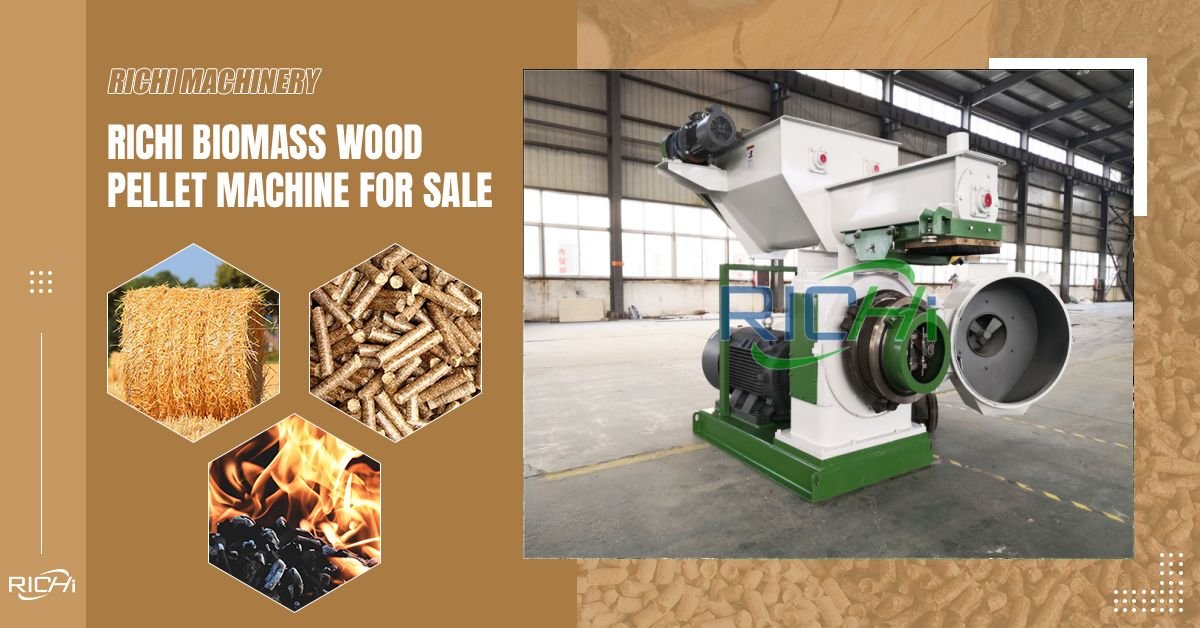Straw pellet machines have gained significant traction in recent years due to their ability to convert agricultural waste into valuable biomass fuel. These machines are versatile and find applications across various industries. This article explores the diverse uses of straw pellet machines in different sectors, highlighting their benefits and contributions to sustainability.
- Renewable Energy Production
One of the primary applications of straw pellet machines is in the renewable energy sector. Straw pellets serve as an eco-friendly alternative to fossil fuels such as coal, oil, and natural gas. They are used in:
- Biomass Power Plants: Straw pellets are burned to generate electricity, reducing reliance on non-renewable energy sources.
- Residential Heating: Straw pellets can be used in pellet stoves and boilers for home heating, offering a sustainable and cost-effective heating solution.
- Industrial Heating: Factories and commercial establishments use straw pellets in large-scale boilers to produce heat for various industrial processes.
The high calorific value and low moisture content of straw pellets make them an efficient and clean-burning fuel option, contributing to reduced greenhouse gas emissions and environmental impact.
- Agricultural Applications
Straw pellet machines also play a crucial role in agriculture. The pellets produced from straw can be used in several ways:
- Animal Bedding: Straw pellets provide a comfortable and absorbent bedding material for livestock, including horses, poultry, and cattle. They are easy to handle, store, and distribute, and they help maintain a clean and dry environment for animals.
- Fertilizer: Straw pellets can be used as organic fertilizer, enriching the soil with essential nutrients and improving soil structure. They decompose slowly, providing a steady release of nutrients over time.
- Feed Additives: In some cases, straw pellets are used as a supplementary feed source for ruminants, providing fiber and aiding in digestion.
These applications help farmers manage agricultural waste effectively while enhancing farm productivity and sustainability.
- Industrial Manufacturing
In the industrial sector, straw pellets are used as a raw material in various manufacturing processes:
- Biomass Briquettes: Straw pellets can be further processed into biomass briquettes, which are used as an alternative to charcoal and coal in industrial furnaces and kilns.
- Pulp and Paper Industry: Straw pellets are used in the production of pulp for paper manufacturing. They serve as a sustainable and cost-effective alternative to wood pulp, reducing the demand for deforestation.
- Construction Materials: Straw pellets are used in the production of eco-friendly construction materials, such as strawboard and biocomposites. These materials offer excellent insulation properties and are used in building sustainable and energy-efficient structures.
By utilizing straw pellets, industries can reduce their carbon footprint and contribute to a circular economy.
- Waste Management and Environmental Protection
Straw pellet machines play a vital role in waste management and environmental protection:
- Waste Reduction: Converting agricultural waste into pellets reduces the volume of waste that would otherwise be burned or left to decompose in fields, releasing methane and other harmful gases.
- Landfill Diversion: Straw pellets can be used as an alternative to landfilling agricultural waste, reducing the burden on landfill sites and minimizing soil and water pollution.
- Carbon Sequestration: Using straw pellets as a renewable energy source helps sequester carbon that would otherwise be released into the atmosphere, contributing to climate change mitigation.
These applications demonstrate the environmental benefits of straw pellet machines, promoting sustainable waste management practices.
- Residential and Commercial Applications
Beyond industrial and agricultural uses, straw pellet machines have applications in residential and commercial settings:
- Home Heating: Straw pellets are an affordable and sustainable option for heating homes, especially in rural areas where agricultural waste is abundant.
- Landscaping: Straw pellets can be used as mulch in landscaping and gardening, helping retain soil moisture, suppress weeds, and improve soil health.
- Erosion Control: In construction and land development projects, straw pellets are used for erosion control, stabilizing soil and preventing runoff.
These applications offer practical solutions for homeowners and businesses looking to adopt sustainable practices.
Conclusion
Straw pellet machines have a wide range of applications across various industries, making them a valuable tool for promoting sustainability and resource efficiency. From renewable energy production and agricultural uses to industrial manufacturing and environmental protection, these machines help convert agricultural waste into valuable products, reducing waste and environmental impact.
As technology continues to advance, the efficiency and versatility of straw pellet machines are expected to improve, further expanding their applications and benefits. By adopting straw pellet machines, industries, farmers, and homeowners can contribute to a more sustainable future, leveraging agricultural waste to create renewable energy, improve soil health, and reduce greenhouse gas emissions.
Related post: straw pellet plant










